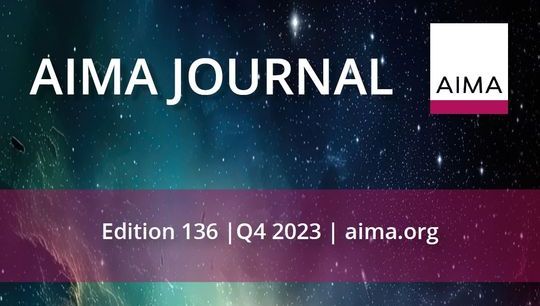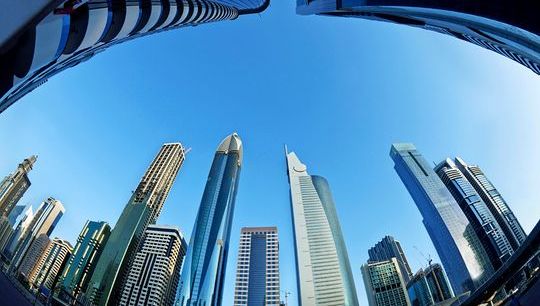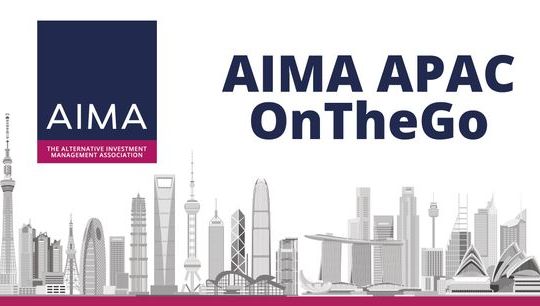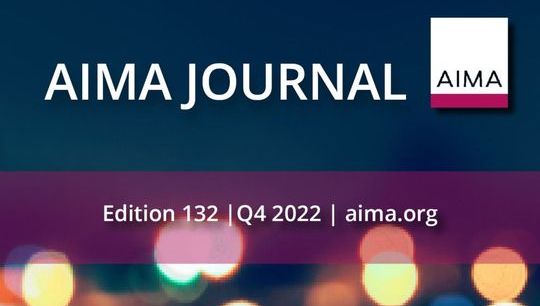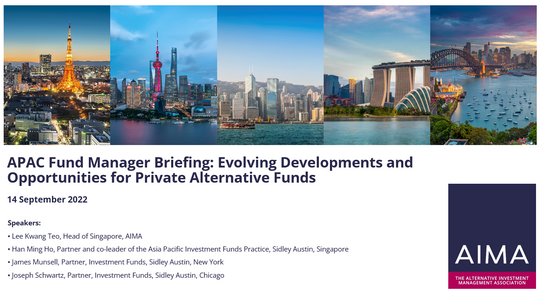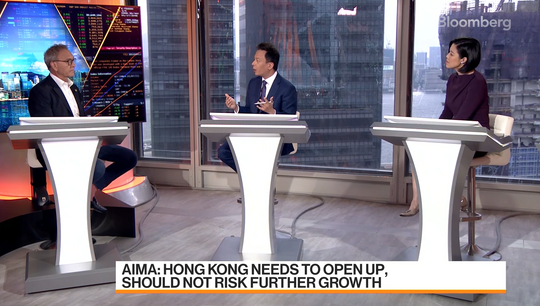More investors looking to APAC private markets
By Eric Chng, State Street
Published: 21 March 2022
In recent years, investors have been drawn to private markets in greater numbers, leading to more capital flowing into the asset class. Indeed, State Street research shows dry powder reached new levels in 2021, rising to US$1.6tn globally (as of September 2021).
This trend is mirrored in Asia Pacifc (APAC), where dry powder reached an estimated US$180bn at the end of 2021. The region is also taking a growing share of capital raising – increasing from 3.7% of total value in 2012 to 20.8%in 2021. However, APAC remains a relatively young region for private markets, with many funds still in investment periods.
We expect that distributions will kick in over the next five to seven years, and capital will need to be redeployed, signalling further growth of private markets investing in APAC.
A growing middle class, and other supportive demographic trends, are accelerating wealth creation in APAC, and contributing to the increased emphasis on private markets investing.
And as private markets in the region continue to develop, we are anticipating several emerging trends.
A time of reckoning for valuations?
Since the global financial crisis, the low interest rate environment has had a considerable impact on private markets, as institutional investors in search of higher returns have allocated more to private markets strategies.
This low-rate environment could change as economies have begun to return to normal after the COVID-19 pandemic. Indeed, the post-pandemic economic rebound is accompanied by higher inflation, as prices across a range of products and services have all started to rise.
The inflationary backdrop is putting greater pressure on central banks and policymakers to remove some of the monetary stimulus supporting markets for many years and hike interest rates from the ultra-low levels of recent years.
As a result, valuations are likely to be a key focus for investors as interest rates rise in the months ahead. For portfolios that already have low returns, higher rates could take a heavier toll in the near-to-mid-term as the cost of debt rises.
In venture capital, start-up valuations have already become a source of concern, particularly as data already suggests that internal rates of return (IRR) have been falling since second quarter of 2020.
Is China a source of growth, or not?
The world’s second-largest economy is one of the biggest growth areas for private markets in the region. It has been a strong performer over the longer term, generating an IRR of 15.24% since the inception of the State Street Global Markets Private Equity index in 2004.
Having escaped the COVID-19 pandemic with relative ease, China has experienced stronger economic growth than other developed markets. Yet, it has not translated into higher returns for investors.
State Street research showed that between first quarter and third quarter last year, private markets strategies generated a modest IRR of 1.06%. Return profiles for different strategies were also highly polarised, with venture capital losing 1.99% during the same period, while private debt had an IRR of 22.86%.
Is this short-term performance trend likely to continue? Or will the longer-term growth trend re-establish itself? Regardless, the dynamism of the Chinese economy continues to present attractive opportunities for investors.
Privatisation of real assets
Another trend we are anticipating in APAC is the greater privatisation of real assets over the long term. As many investors show growing dissatisfaction with real estate investment trusts (REITs) – one of the main ways to invest in real assets in the region – the prospect of rising debt costs becomes more real.
High levels of dry powder mean fund managers in the region are increasingly looking for more buying opportunities. However, high valuations are making them hold onto capital in the near term.
With considerable pent-up demand among fund managers, we believe a wave of private capital could help investors access the region’s real assets at reasonable valuations.
Buying opportunities in corporate distress
Higher rates will also put greater stress on highly leveraged buyout funds, as the cost of financing rises and they will likely be forced to sell assets. Companies with weak cash earnings and high debt ratios will also face considerable headwinds in a rate-hiking environment.
However, buyout fund managers that are patient and backed by strong institutional investors with longer-term views will potentially see some attractive buying opportunities emerge in the region.
The data deficit
As the region’s private markets space develops, investors will likely place greater demands on fund managers, particularly around data. Investors globally are increasingly seeking more transparency when it comes to their investments – a challenge for an asset class that has traditionally been harder to value.
This growing interest in data is underscored in State Street’s latest Growth Study, which found that institutional investors across APAC will prioritise technology investment in the areas of client reporting capabilities and investment performance analytics over the next year. However, a lack of standardisation for private markets data will make this an onerous task. That’s why we are working with fund managers to help understand and solve their data issues.
We believe that more frequent and comparable data will enable managers to derive actionable insights, lead to more inflows for fund managers and help private markets grow in the region.

